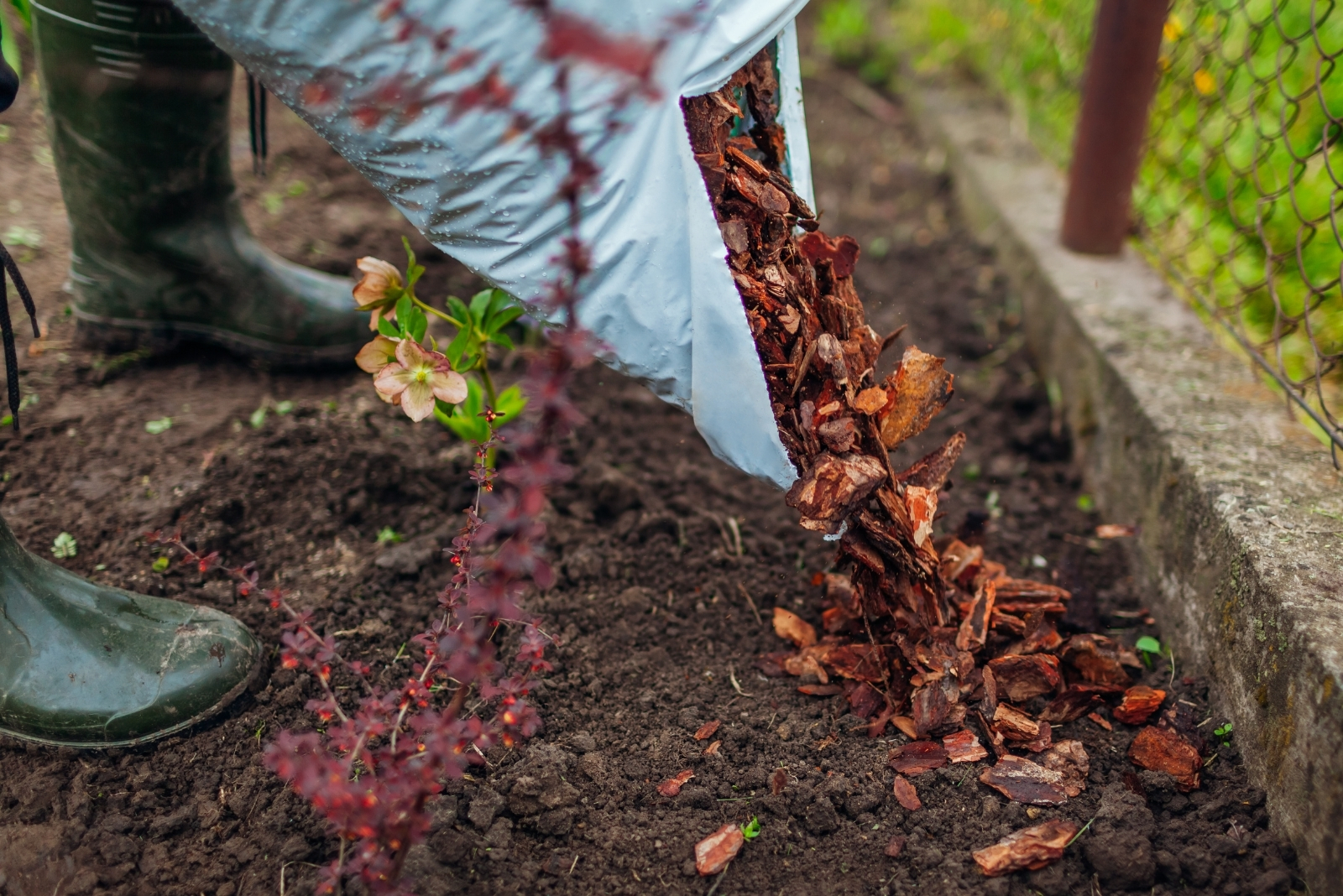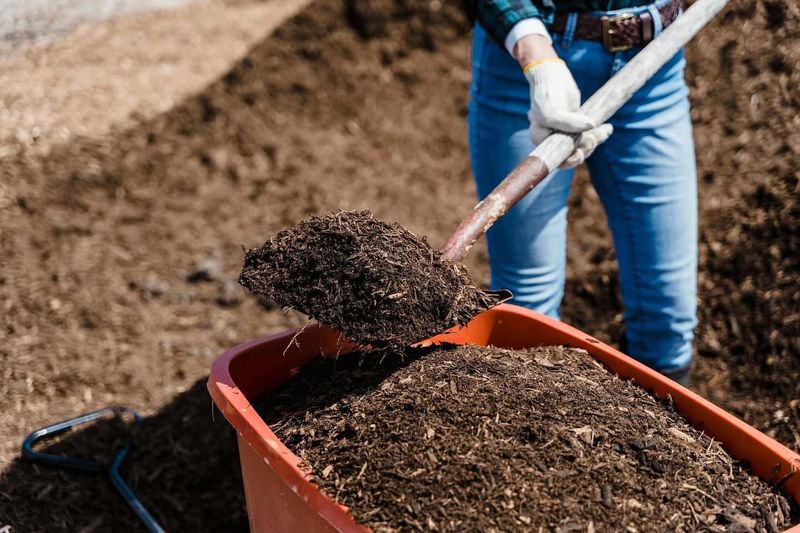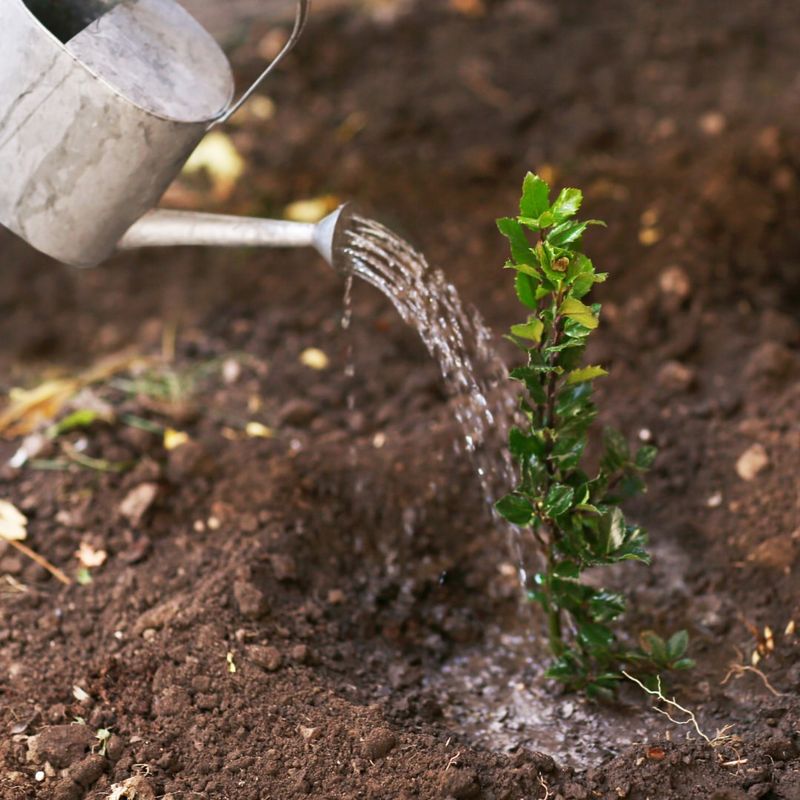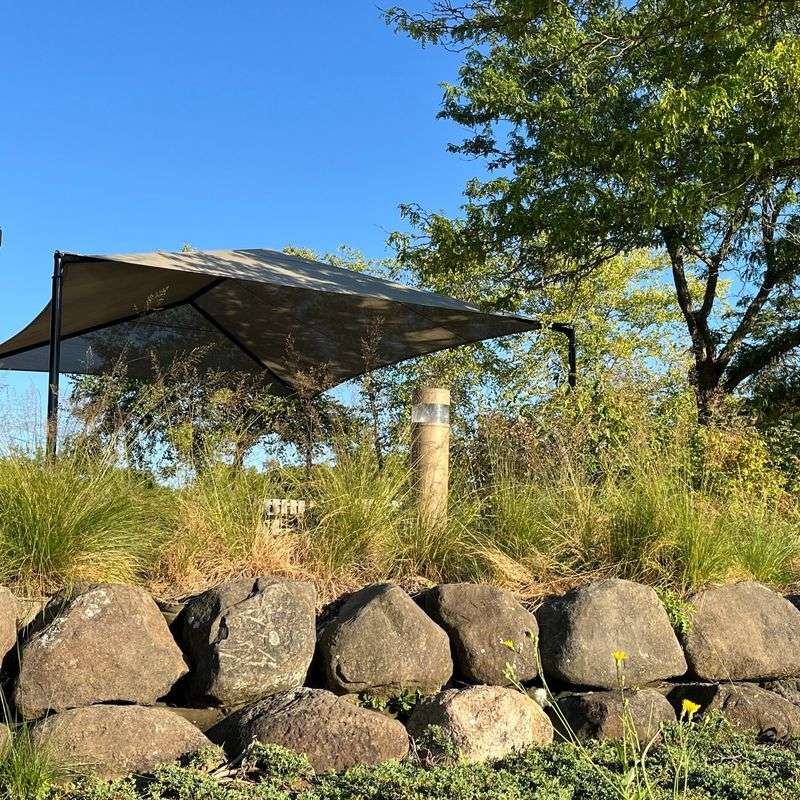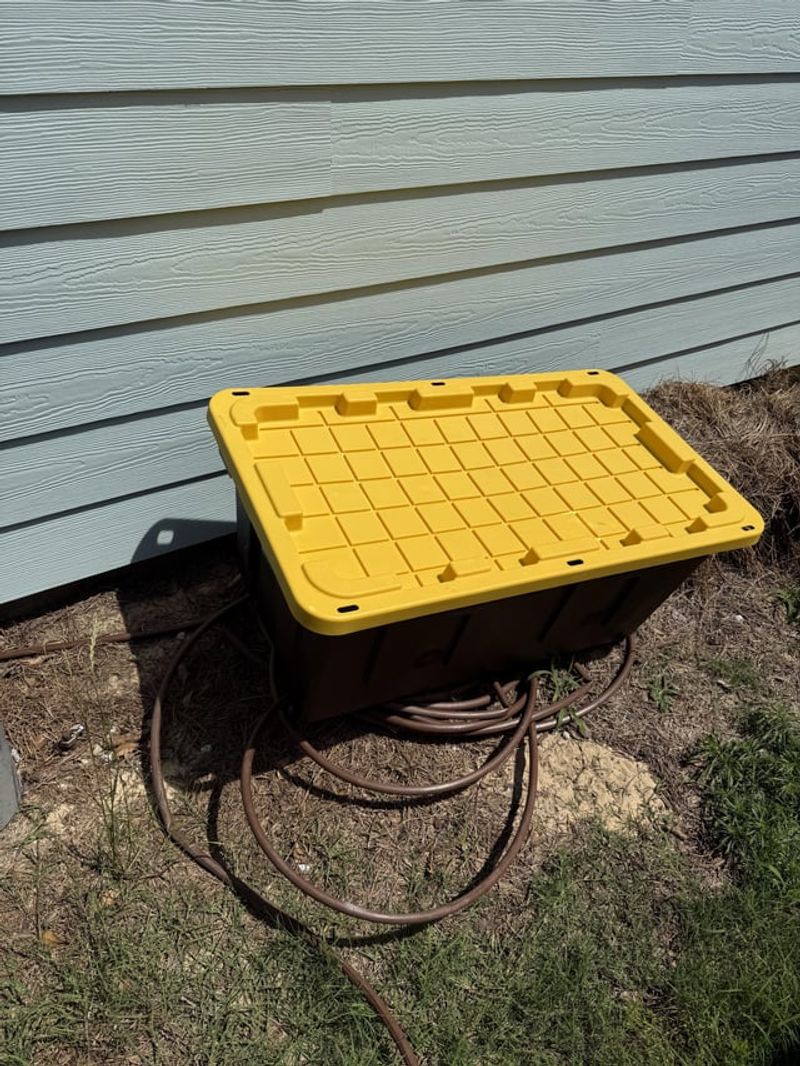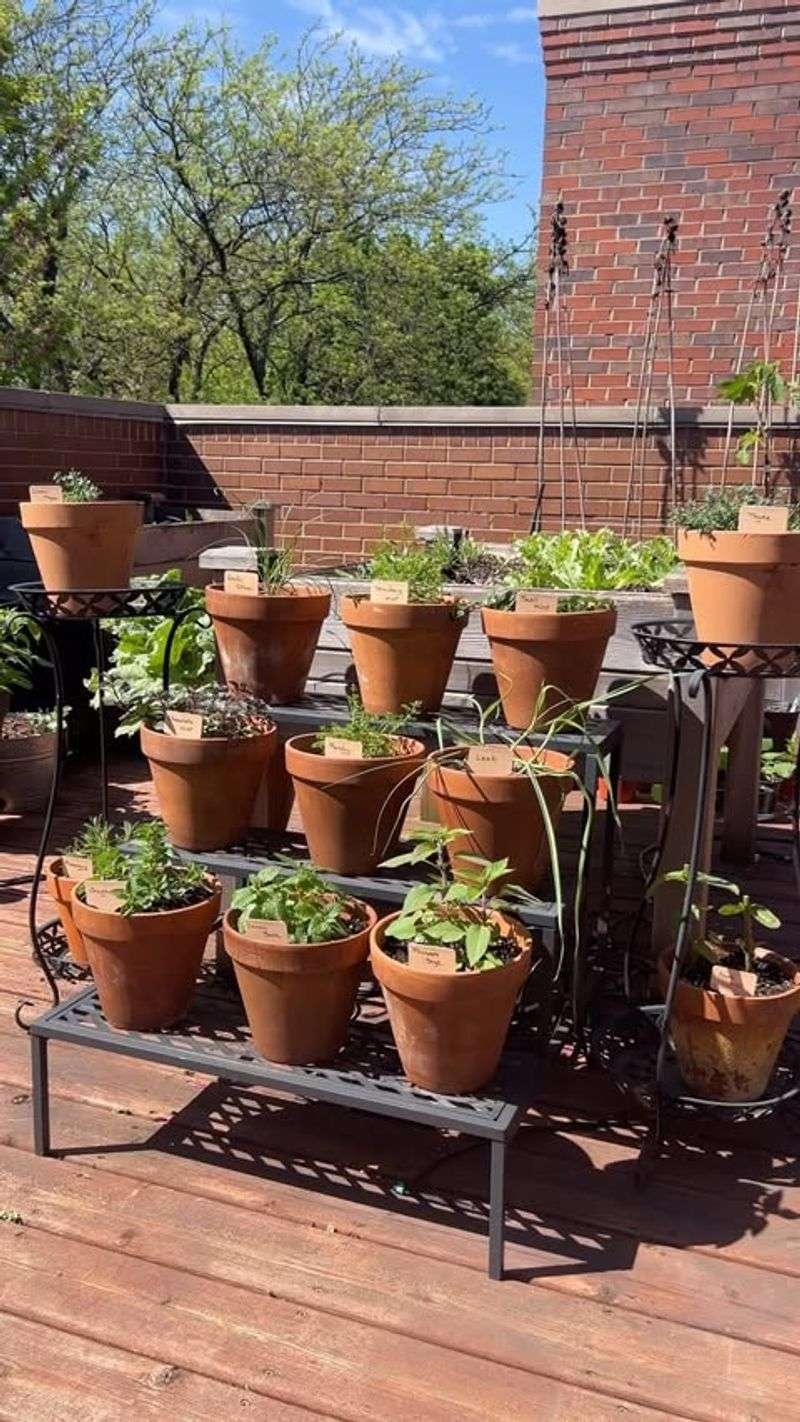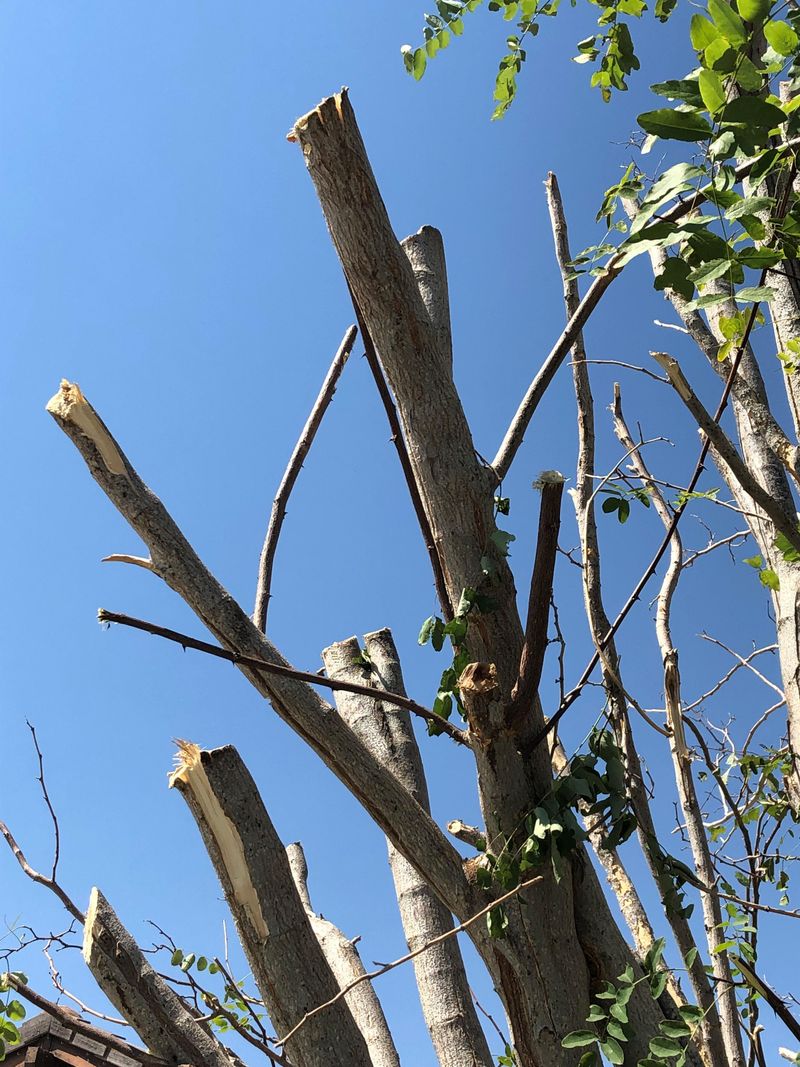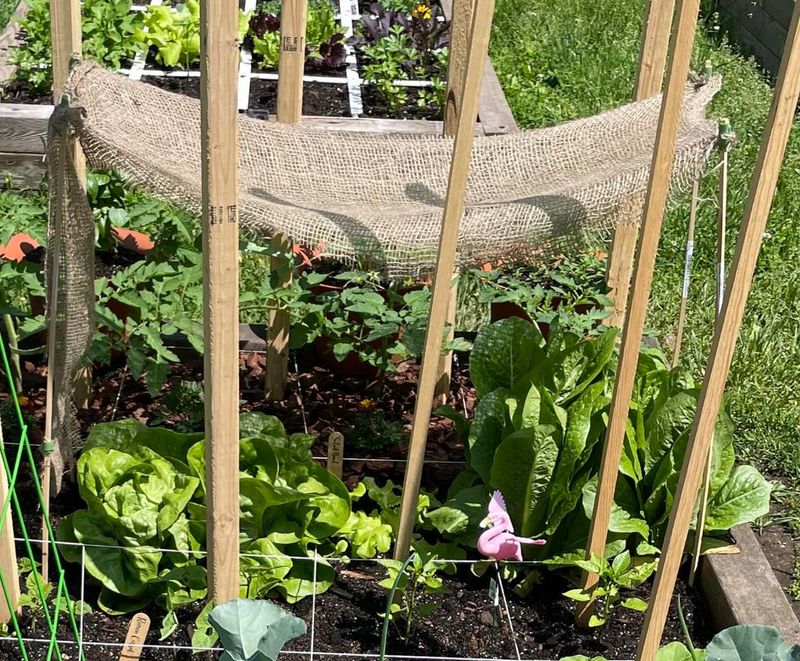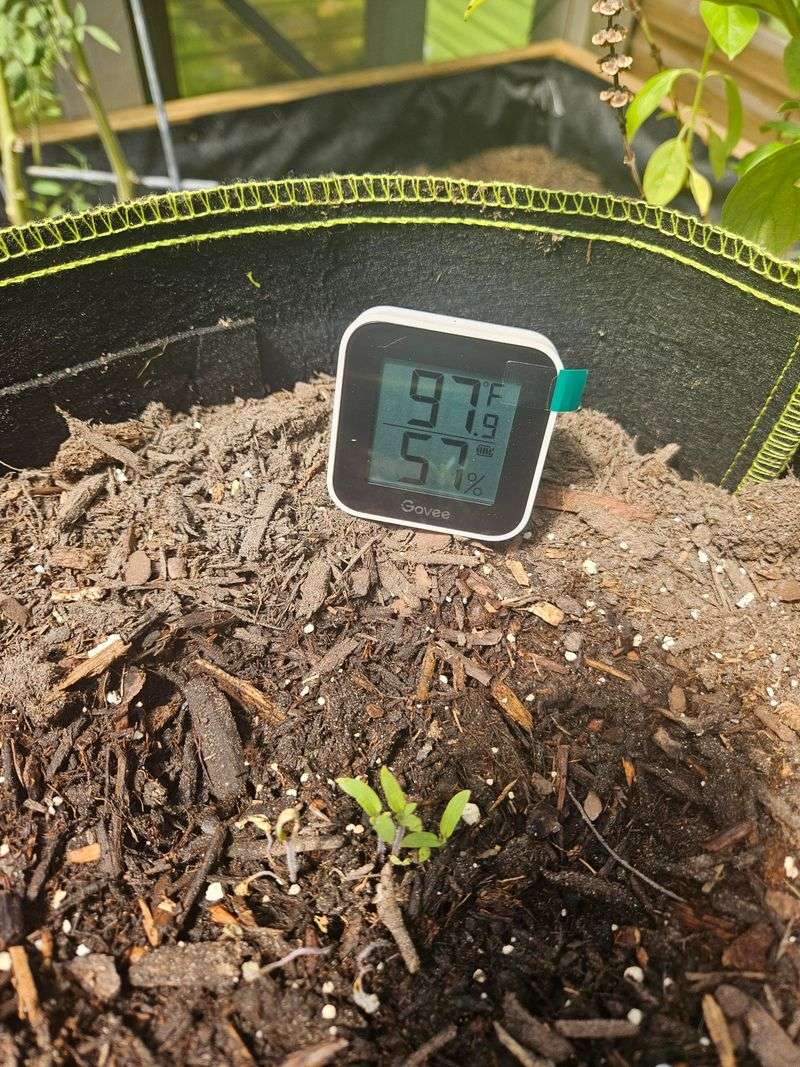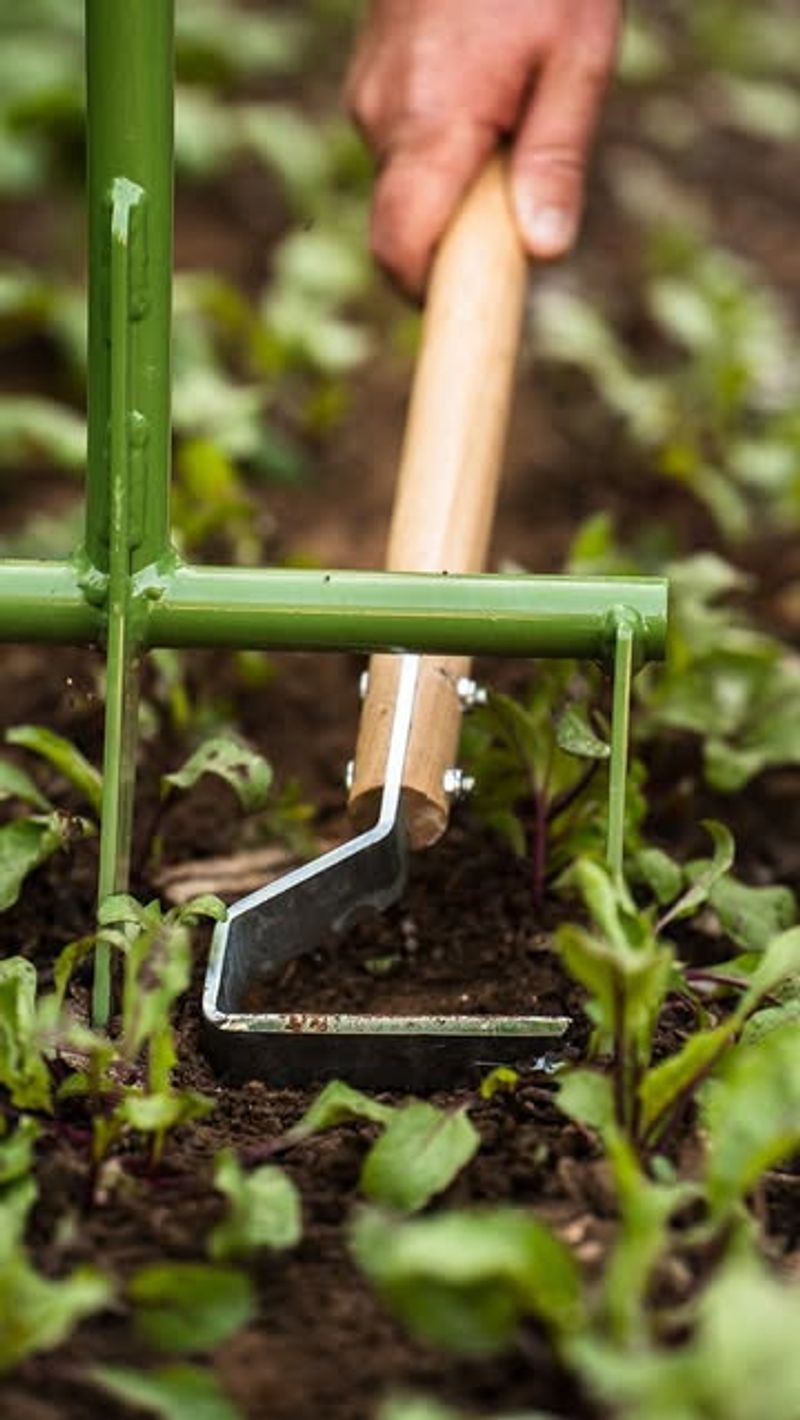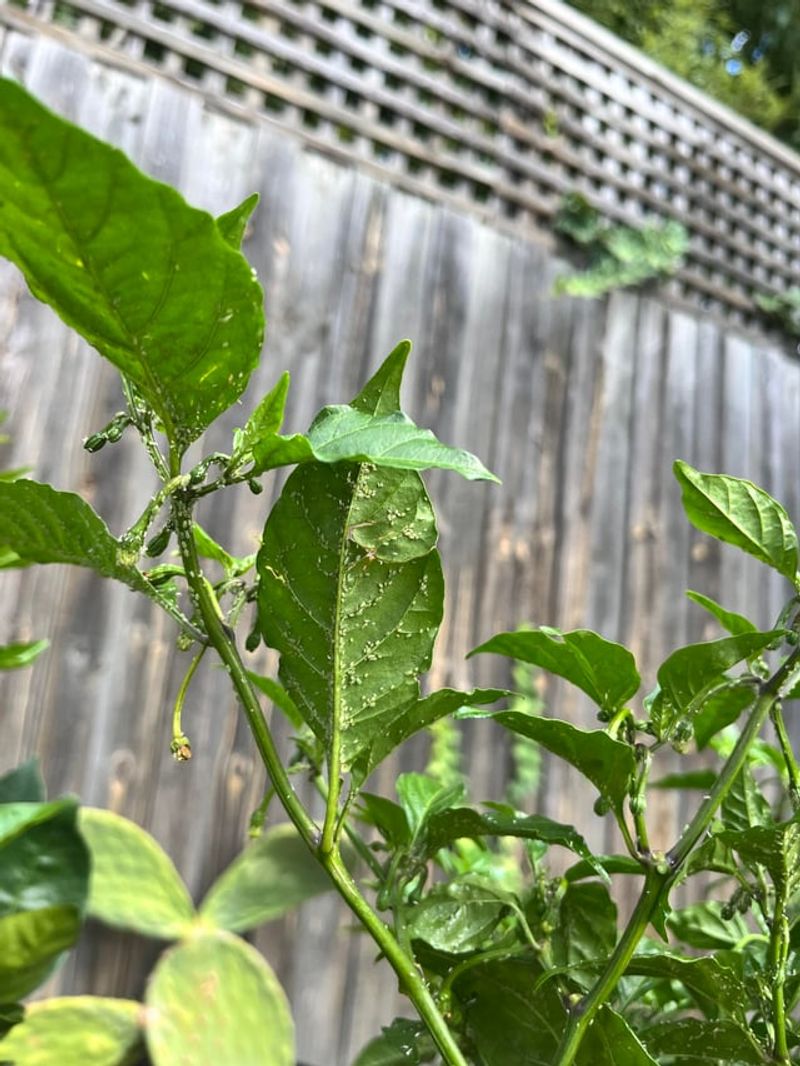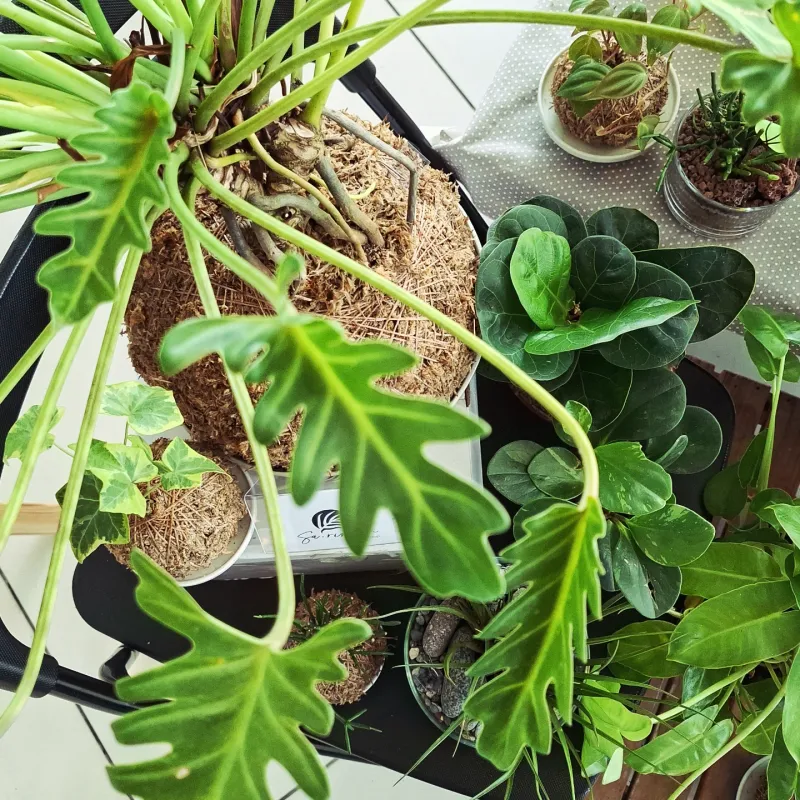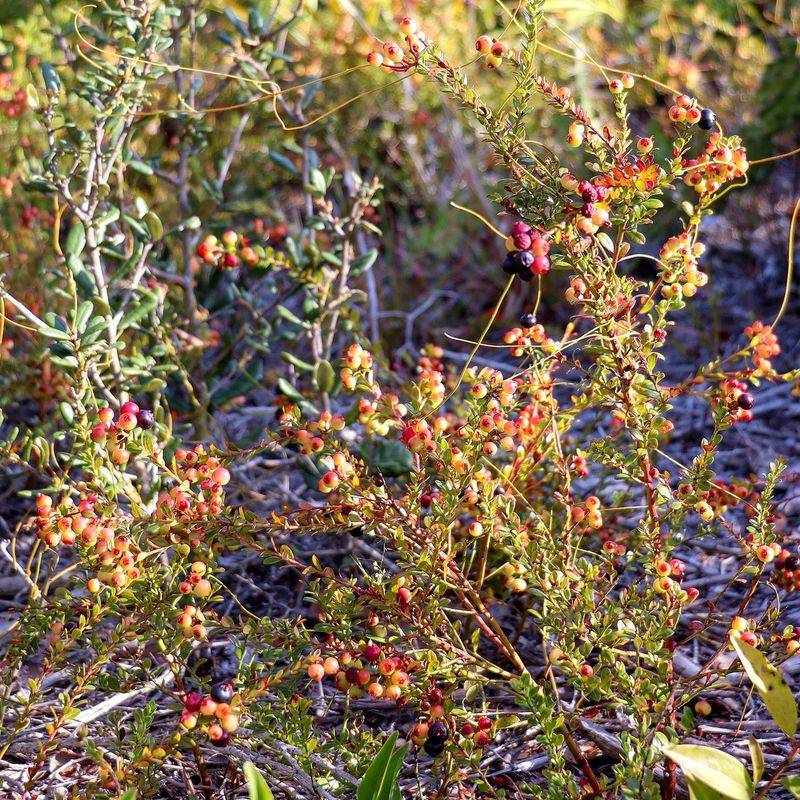False fall can really throw North Carolina gardeners for a loop, leaving plants confused and stressed. I’ve seen tender veggies and flowers start to droop just when I thought the season was winding down.
With a few smart tricks, you can help your garden stay strong and happy through these tricky temperature swings.
Here are 12 ways to keep your plants thriving during this unpredictable stretch of weather.
1. Mulch Generously
Adding a fresh layer of mulch acts like a cozy blanket for your soil. It keeps temperature fluctuations under control when North Carolina weather can’t make up its mind.
Aim for a 2-3 inch layer, keeping it away from stems and trunks. This simple step also locks in moisture and suppresses those opportunistic weeds that love to sprout during confusing weather patterns.
2. Strategic Watering
Morning watering sessions give plants time to absorb moisture before temperatures spike again. Many North Carolina gardeners make the mistake of evening watering, which can promote fungal issues during false fall’s humidity.
Water deeply but less frequently to encourage stronger root systems. This trains your plants to become more drought-tolerant when that second heat wave inevitably strikes after the false cool-down.
3. Temporary Shade Structures
Pop-up shade cloths protect sensitive plants when the heat returns. Throughout North Carolina, these temporary shelters can reduce leaf scorch and wilting during the false fall-to-summer whiplash.
Use old bed sheets, specialized shade cloth, or even patio umbrellas in a pinch. The goal is filtering harsh sunlight without completely blocking it, creating that dappled woodland effect that many plants prefer during stressful transitions.
4. Hold Off On Fertilizing
Resist the urge to feed your plants during false fall’s cooler days. Fertilizing now can trigger tender new growth that won’t survive when North Carolina’s summer heat makes its comeback.
Save your fertilizer for when temperatures truly stabilize in actual fall. Your plants will appreciate the nutrients then, using them to prepare for winter rather than producing vulnerable new growth at exactly the wrong time.
5. Container Mobility
Potted plants get special privileges during false fall in North Carolina. Move them to sheltered spots when temperature forecasts show wild swings returning.
Rolling plant caddies make this job easier for larger containers. Consider grouping pots together during heat waves – this creates a microclimate where plants help protect each other through mutual shade and increased humidity levels.
6. Proper Pruning Timing
False fall tricks many North Carolina gardeners into premature pruning. Hold those shears until true autumn arrives, as cutting now stimulates vulnerable new growth.
Focus instead on removing only damaged or diseased portions. This selective approach maintains plant energy reserves while eliminating potential infection sites, helping your green friends navigate the seasonal confusion without added stress.
7. Wind Protection
False fall in North Carolina often brings unpredictable wind patterns that can damage plants. Create windbreaks using garden stakes and burlap for temporary protection during gusty periods.
Place these barriers on the prevailing wind side of delicate plants. This simple shield prevents leaf tatter and stem breakage while reducing moisture loss through leaves – a common but overlooked stress factor during seasonal transitions.
8. Hydration Monitoring
Invest in a simple soil moisture meter to track actual water needs. North Carolina’s deceptive false fall often makes soil surface look dry while remaining adequately moist below.
Check moisture at root level before watering. This prevents both drought stress and root rot – opposing problems that become more common during seasonal transitions when we can’t rely on visual cues alone.
9. Weed Management
False fall’s temperature fluctuations create perfect conditions for weed germination across North Carolina. Pull these opportunists promptly before they steal valuable moisture and nutrients from your intentional plants.
Focus on removing weeds with taproots completely. Those shallow-rooted varieties can simply be left on the soil surface to become free mulch, returning their stolen nutrients to your garden while avoiding disturbing the soil unnecessarily.
10. Pest Vigilance
False fall creates confusion for insects too, often triggering unusual pest activity across North Carolina gardens. Check leaf undersides and stem joints regularly for unwelcome visitors taking advantage of plant stress.
Consider introducing beneficial insects now. Ladybugs, lacewings and predatory mites can establish themselves during cooler false fall days, creating a natural defense system before the final heat wave brings out the last pest surge.
11. Microclimate Creation
Group plants with similar needs together to create supportive little neighborhoods. Throughout North Carolina, these plant communities help buffer temperature extremes during false fall’s unpredictable swings.
Taller plants can shade more sensitive ones during heat returns. Water-loving varieties grouped together maintain higher humidity levels naturally, creating small zones of stability amid the larger weather chaos of late summer’s deceptive cool spells.
12. Record Keeping
Start a simple garden journal tracking false fall patterns in your specific North Carolina microclimate. Note which plants struggle most during the temperature yo-yo and which sail through unbothered.
These observations become invaluable for next year’s planning. Over time, you’ll develop a personalized false fall survival guide specific to your garden’s unique conditions, making each passing year less stressful for both you and your plants.

